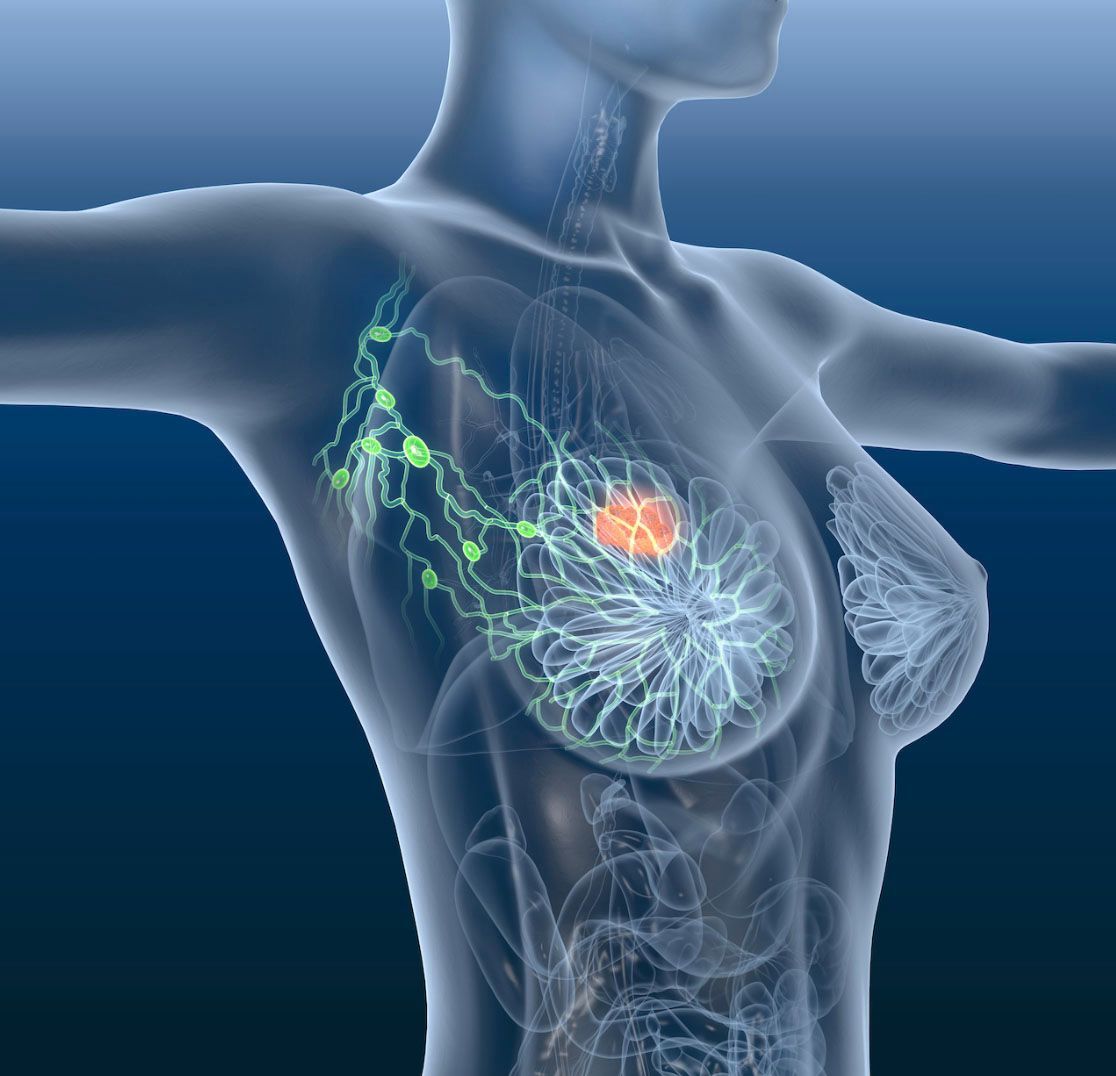Trial Aims to Determine Efficacy of Radiotherapy Followed by Intrathecal Trastuzumab/Pertuzumab in HER+ Breast Cancer With LMD
In an interview with Targeted Oncology™, Kamran A. Ahmed, MD, discussed the novel treatment strategy of combining radiotherapy with intrathecal trastuzumab/pertuzumab as well as and the rationale behind the combination.

Despite having multiple treatment options available to manage systemic disease in patients with HER2-positive breast cancer, the options become fewer when metastases spread to the leptomeninges. In these cases, local therapy is the standard of care, but better strategies are needed to improve overall survival in this patient group.
Radiotherapy followed by intrathecal (IT) trastuzumab (Herceptin) and pertuzumab (Perjeta) may be an effective strategy for the management of HER2-positive breast cancer with leptomeningeal disease, according to Kamran A. Ahmed, MD. This combination has a strong clinical rationale, due to the role of radiotherapy in the management of leptomeningeal disease as well as the role of pertuzumab in the management of HER2-positive breast cancer. A phase 1/2 trial is currently underway to determine if this hypothesis is correct.
The study (NCT04588545) has an estimated enrollment of 39 participants and an estimated completion date of November 2024. All patients will receive radiotherapy followed by IT trastuzumab and pertuzumab. The primary end point of the phase 1 portion is maximum tolerated dose and the end point of phase 2 is overall survival.
In an interview with Targeted Oncology™, Ahmed, a radiation oncologist at the Moffitt Cancer Center, discussed the novel treatment strategy of combining radiotherapy with IT trastuzumab/pertuzumab as well as and the rationale behind the combination.
TARGETED ONCOLOGY™: Can you discuss your current trial in progress?
Ahmed: It's a phase 1/2 study of radiation therapy followed by intrathecal trastuzumab/pertuzumab in the management of HER2-positive breast leptomeningeal disease. So, HER2-positive breast cancer patients with leptomeningeal disease represent a poor prognosis population with a high unmet clinical need. Given the role of radiotherapy in the management of leptomeningeal disease along with the role of pertuzumab in the management of HER2-positive breast cancer, there’s a strong clinical rationale to combine radiotherapy with IT trastuzumab/pertuzumab in the management HER2-positive breast leptomeningeal disease. So, this study is designed as a single-arm, non-randomized, open-label, phase 1/2 trial of radiation therapy followed by IT trastuzumab/pertuzumab for the management of HER-positive breast leptomeningeal disease. There's a plan to test 4 dose levels of pertuzumab, which are 10 milligrams, 20 milligrams, 40 milligrams and 80 milligrams and the dose of trastuzumab is going to remain fixed at 80 milligrams. The key inclusion criteria for the study include HER2-positive breast cancer patients with leptomeningeal disease as identified either by MRI or cerebral spinal fluid, life expectancy greater than 8 weeks, and the Karnofsky performance score greater than or equal to 60.
What are the key goals of the study?
The primary objective for the phase 1 component is to determine the safety of intrathecal trastuzumab/pertuzumab in the management of HER2-positive leptomeningeal disease and to determine the recommended phase 2 dose. The primary objective of the phase 2 study then will be to determine overall survival using protocol therapy in HER2-positive breast leptomeningeal disease.
The phase 1/2 study that was conducted of IT trastuzumab showed a pretty good safety profile. And we're hopeful that combining pertuzumab will show similar results in terms of safety.
What was the data that led up to this study?
We know that radiotherapy can improve the flow of IT therapy through the cerebral spinal fluid and provide symptomatic relief. There has been data from a phase 1/2 study that's revealed that IT trastuzumab is well tolerated and can improve overall survival compared to historical controls of patients with HER2-positive leptomeningeal disease. So, given the role of pertuzumab in HER2- positive disease management, and the poor prognosis in leptomeningeal disease, the next step was for us to conduct the current study in which we combine radiotherapy with intrathecal trastuzumab/pertuzumab
How might this study impact the oncology in the future?
I think that leptomeningeal disease presents a lot of difficulties in management and requires a multidisciplinary approach. A lot of these patients have a poor prognosis and the management of not only their intracranial disease with the leptomeningeal metastasis but also their extracranial disease. I think having the multidisciplinary management with medical oncologist, neurooncologist, radiation oncologist is really vital to the management of these patients.
What is the status of the study, and what , what do you hope your next steps will be after results come in?
The study is currently open here at Moffitt Cancer Center and we have 2 patients were enrolled on the study at this time. There are plans to open the study at Northwestern University, Ohio State University, and Memorial Sloan Kettering Cancer Center. I think what we're hoping to see with this study is that using this targeted approach, which we've been doing for HER2-positive breast cancer for a number of years now, also translates in the cerebrospinal fluid and in leptomeningeal metastasis, and there would be a clear role for the management of leptomeningeal disease also with the targeted approach.
Reference:
Ahmed KA, Kim Y, Dehesus M, et al. Trial in progress: Phase I/II study of radiation therapy followed by intrathecal trastuzumab/pertuzumab in the management of HER2+ breast leptomeningeal disease. J Clin Oncol. 2021;39 (suppl 15: abstr TPS1099). doi: 10.1200/JCO.2021.39.15_suppl.TPS1099